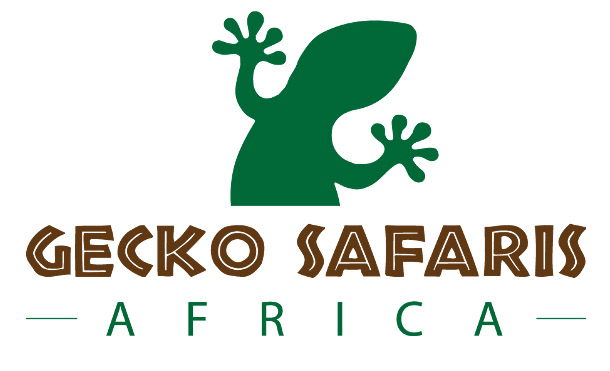Uganda: The Pearl of Africa
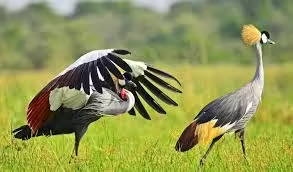
Uganda Often hailed as the “Pearl of Africa,” Uganda is a country of extraordinary natural beauty, diverse wildlife, and rich cultural heritage.
Its landscapes are a tapestry of lush forests, sparkling lakes, and rolling savannahs, while its cultural mosaic reflects the vibrant traditions of its many ethnic groups.
This blog delves into the wonders of Uganda, exploring its biodiversity, wildlife, scenic marvels, and cultural richness.
Uganda, the Pearl of Africa, is a land of unparalleled natural beauty and cultural richness. Its biodiversity, stunning landscapes, and vibrant traditions offer a unique and enriching experience for travelers.
Whether you’re exploring the dense forests in search of gorillas, marveling at the scenic wonders, or immersing yourself in the diverse cultural heritage, Uganda promises an unforgettable journey into the heart of Africa.
Biodiversity and Wildlife
Uganda’s biodiversity is nothing short of spectacular. The country is a treasure trove of flora and fauna, with diverse ecosystems ranging from the dense rainforests of Bwindi Impenetrable Forest to the expansive savannas of Queen Elizabeth National Park.
Mountain Gorillas
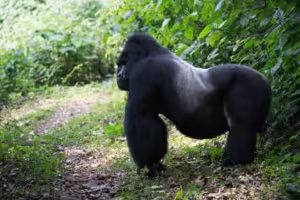

Bwindi Impenetrable Forest is one of the last sanctuaries for the critically endangered mountain gorilla. This UNESCO World Heritage Site is home to approximately half of the world’s mountain gorilla population.
Trekking through the misty, dense forest to encounter these gentle giants is an experience that captivates the heart and soul.
Savannah Wildlife

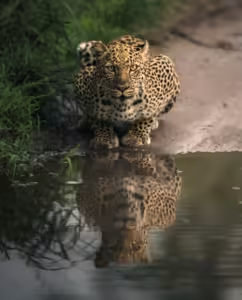
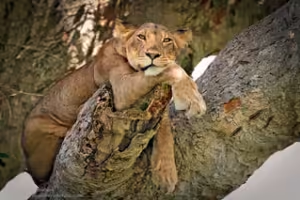
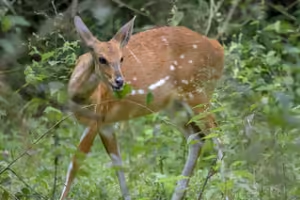
In Queen Elizabeth National Park, you can witness the incredible biodiversity of Uganda’s savanna regions. The park is renowned for its diverse wildlife, including elephants, lions, leopards, buffaloes, and a variety of antelope species.
The park’s unique tree-climbing lions in the Ishasha sector and the abundant birdlife, including the rare shoebill stork, are highlights for visitors.
Rivers and Lakes

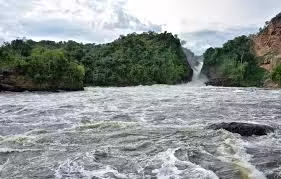
Uganda’s waterways are equally fascinating. Lake Victoria, the largest lake in Africa, supports a myriad of fish species and is a crucial part of the local ecosystem.
The Nile River, which originates from Lake Victoria, begins its long journey northward through Uganda, eventually reaching Egypt and flowing into the Mediterranean Sea.
This mighty river’s journey is a vital artery for both wildlife and human populations.
Scenic Wonders
Uganda’s scenery is a study in contrasts and beauty. From the dramatic landscapes of the Rwenzori Mountains to the tranquil shores of Lake Bunyonyi, the country offers a range of breathtaking vistas.
Rwenzori Mountains

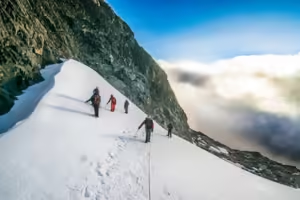
Often referred to as the “Mountains of the Moon,” the Rwenzoris are known for their rugged peaks and unique alpine flora. The snow-capped peaks and glacial lakes create a surreal landscape that is a hiker’s paradise.
The climbers and hikers, Rwenzori is the best place where one hikes to the top of the mountain .
Lake Bunyonyi

This picturesque lake, surrounded by rolling hills and terraced fields, is a serene escape from the hustle and bustle of daily life. It’s an excellent spot for relaxation, canoeing, and enjoying the stunning scenery.
Murchison Falls
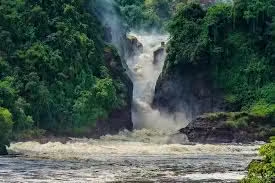
At the northern end of the Albertine Rift, Murchison Falls is one of Uganda’s most spectacular natural attractions. Here, the Nile River forces its way through a narrow gorge, creating a dramatic and thunderous waterfall.
Cultural Richness
Uganda’s cultural landscape is as diverse as its natural one. The country is home to numerous ethnic groups, each with its own rich traditions and history.
These kingdoms play a significant role in the cultural and social fabric of Uganda, despite the country’s modern political framework.
Uganda also has other smaller kingdoms and chiefdoms like Bugisu, Lango, Acholi, Teso, Kigezi, and Bukonzo.
Here’s a glimpse into some of the prominent kingdoms and chiefdoms in the pearl of Africa.
Buganda Kingdom
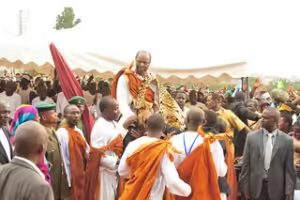
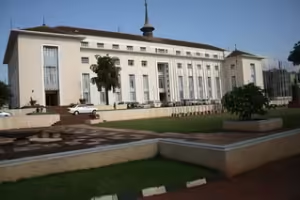

The Buganda Kingdom, is the largest and most influential of all kingdoms in the pearl of Africa, is centered around the capital city of Kampala.
The kingdom’s culture is vibrant, with traditional ceremonies such as the coronation of the Kabaka (king) and the famous Buganda cultural festival, which showcases traditional music, dance, and crafts.
It was founded in the late 14th century and became a powerful centralized state by the 19th century.
The kingdom has a well-structured political system headed by the Kabaka (king) and supported by a council of chiefs.
Buganda’s culture is rich in ceremonies, music, dance, and crafts, with the “Luganda” language widely spoken.
Buganda’s history is intertwined with the history of Uganda itself, having played a major role in the events leading to the country’s independence in 1962.
It continues to influence politics, social affairs, and cultural identity.
Bunyoro-Kitara Kingdom
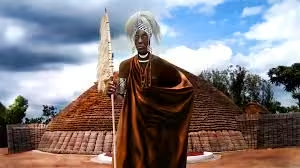
The Bunyoro-Kitara Kingdom was once a powerful and expansive empire in the Great Lakes region.
It played a crucial role in regional trade and politics, with influence stretching into parts of modern-day Tanzania, Rwanda, and the Democratic Republic of Congo.
The Omukama (king) is the central figure, with a rich tradition of oral history, music, and dance.
Bunyoro is known for its resistance to British colonial rule and its efforts to preserve its cultural heritage.
It has a deeply rooted spiritual and cultural history, with a strong emphasis on the arts, traditional medicine, and a sense of identity linked to the land and its resources.
The kingdom’s heritage includes ancient royal sites and ceremonies that celebrate the rich history of the Banyoro people.
Toro Kingdom



Toro Kingdom was founded in the 19th century after secession from the Bunyoro-Kitara Kingdom.
It is known for its youthful monarch, King Oyo, who ascended to the throne at the age of three, becoming one of the world’s youngest kings.
Toro culture is rich in folklore, music, dance, and traditional crafts, with a strong emphasis on community and clan relationships.
The Toro Kingdom, also in western Uganda, is renowned for its royal traditions and the rich cultural heritage of the Bakonzo people.
The kingdom’s cultural practices, including traditional dances and the annual Kyarenga Festival, are key to its identity.
Toro’s royal family and traditions remain a significant aspect of the cultural identity of the people. The kingdom also plays a role in environmental conservation, particularly around the Rwenzori Mountains.
Busoga Kingdom
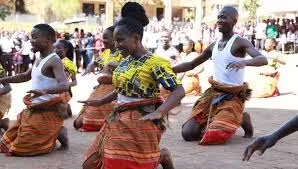
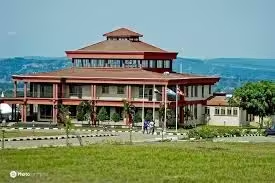
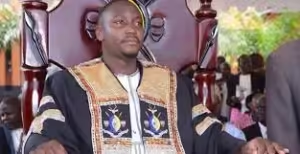
Busoga is a confederation of 11 hereditary chiefdoms, unified under the Kyabazinga (king).
The kingdom has a distinct culture that includes traditional music, dance, and the “Lusoga” language. Jinja the kingdom’s main city, is known as the “Source of the Nile” and has historical significance.
The kingdom plays a key role in promoting unity among the Basoga people and preserving cultural practices. It also has economic significance due to its proximity to the Nile and its fertile land.
Ankole Kingdom



The Ankole Kingdom, known for its unique long-horned cattle, plays a significant role in the cultural life of southwestern Uganda.
The kingdom’s traditions include cattle-related rituals and ceremonies that reflect the deep connection between the Ankole people and their livestock.
Ankole, also known as “Nkore,” is known for its pastoralist culture and the Ankole cattle with their distinctive long horns.
The kingdom was a major player in pre-colonial politics and trade, with a hierarchical system centered around the Omugabe (king) and a council of nobles.
Although officially not restored, the people of Ankole still hold on to their cultural identity, with calls for the restoration of the monarchy continuing to this day.
The Nile River: A Lifeline
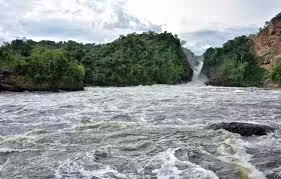
The Nile River, originating from Lake Victoria, is one of the most famous rivers in the world.
It embarks on an epic journey from Uganda, flowing northward through Sudan and Egypt before reaching the Mediterranean Sea.
The Nile has been a lifeline for civilizations for millennia, providing water, transportation, and fertile soil for agriculture. In Uganda, the river’s dramatic start at the Jinja source is a popular spot for adventure activities like white-water rafting and boat tours.
PLAN YOUR SAFARI FOR AN AMAZING EXPERINCE
Gecko safaris africa is your number one ground handler in giving your money the due worthy and experiencing unforgettable adventure in the wild.

